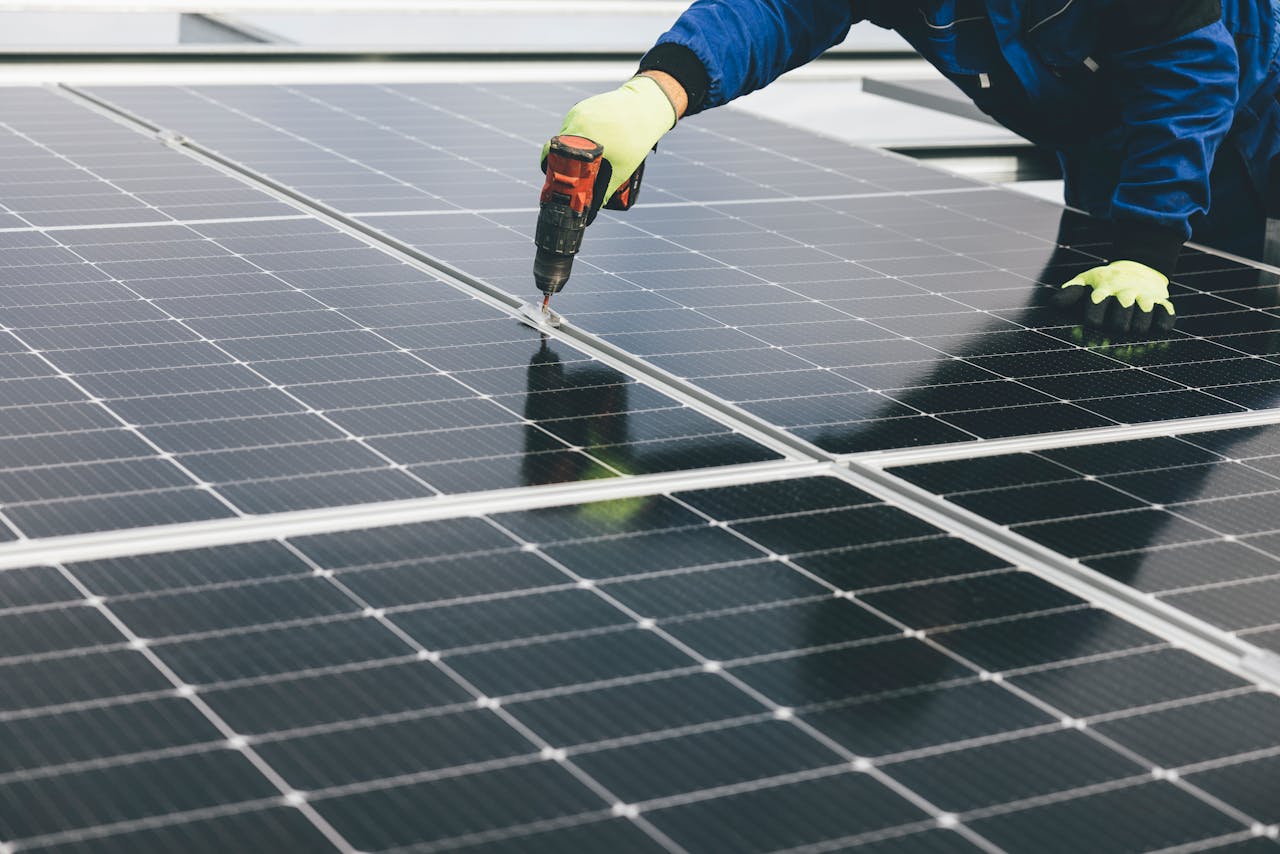Public vs. Private Investment: Driving Forces Behind Solar Expansion with Freedom Forever

The expansion of solar power across the United States has become a cornerstone of the nation’s clean energy transition. But what fuels this growth is not only technological advancement or environmental urgency, but investment. Behind every new installation, factory, or training center lies a network of funding that shapes how, where, and how quickly solar grows. Freedom Forever reviews often emphasize how the company has positioned itself to respond to both federal policies and private-sector shifts, showing how capital flows directly influence opportunities in the clean energy economy.
As the stakes around decarbonization intensify, investment patterns reveal more than financial momentum. They tell a broader story about public priorities, market confidence, and long-term economic resilience. Understanding how public funding and private capital interact makes it easier to see how solar became one of the fastest-growing job creators in the country and what it can take to maintain that momentum.
Public Funding Sets the Foundation
From the earliest days of commercial solar, public funding has been essential. The federal government helped establish the market by launching tax incentives, direct grants, and long-term policy commitments. Chief among these is the Investment Tax Credit (ITC), which allows homeowners and companies to deduct a portion of installation costs from their taxes. Created in 2006 and extended multiple times, the ITC remains a cornerstone of solar affordability.
In parallel, federal programs like the SunShot Initiative funded research and innovation to drive down costs and improve solar cell performance. These public efforts lowered barriers to entry and helped shape the infrastructure needed for broader market participation.
States followed suit with rebates, clean energy mandates, and local financing options. Some provided performance-based incentives. Others offered grants for schools and low-income housing projects to install solar. Without this broad foundation of public support, private investment would have had little incentive to take early risks in the sector.
The Rise of Private Capital
Once public policies reduced risk and boosted solar’s cost competitiveness, private capital entered the field in earnest. Banks, private equity firms, and venture capitalists began investing in every aspect of solar, from manufacturing and design to leasing and installation.
Financial innovations like third-party ownership, solar leases, and power purchase agreements have opened new pathways for homeowners and businesses to adopt solar without paying upfront. These models were made possible by investors' willingness to absorb long-term risk in exchange for predictable returns.
Private capital also helped scale operations. National solar companies grew rapidly, and so did equipment manufacturers and storage developers. In utility-scale markets, private developers launched massive projects across the Sun Belt and Midwest, often in coordination with investor-owned utilities.
The Inflation Reduction Act
Passed in 2022, the Inflation Reduction Act (IRA) reshaped the solar landscape by making public investment more targeted, long-term, and equity-driven. It extended the ITC to 30 percent through 2032 and introduced bonuses for projects meeting apprenticeship, wage, and domestic content standards.
These additions encouraged more employers to create high-quality jobs and more manufacturers to bring production back to the United States. For private investors, the IRA’s structure reduced uncertainty. It provided long-term visibility that allowed companies to scale their hiring, supply chains, and infrastructure.
The result is a cleaner handoff between public incentives and private investment. Public funding helps de-risk projects, while private capital brings speed, scale, and technical execution.
The Manufacturing Effect
The IRA’s incentives for domestic manufacturing have catalyzed a wave of investment in solar panel, inverter, and battery factories. Companies have announced over one hundred new clean energy manufacturing facilities since 2022, many in former industrial towns across Georgia, Ohio, and Michigan.
A mix of public tax credits and private equity often finances these facilities. Once operational, they create jobs in engineering, logistics, assembly, and quality control. For states looking to rebuild manufacturing employment, solar offers a way forward.
According to Reuters, U.S. solar panel manufacturing capacity has already nearly quadrupled under the IRA from about 8 gigawatts in 2021 to over 30 gigawatts by 2024. It reinforces how federal legislation can spark sustained investment and workforce development.
Training and Workforce Development
The expansion of solar has also depended on investments in people. Public agencies have funded technical programs, apprenticeship networks, and community college courses to prepare workers for solar careers.
Registered Apprenticeship Programs (RAPs), many supported by the Department of Labor, provide structured training and pathways to full-time employment. These programs are particularly impactful in communities transitioning from fossil fuel jobs.
Freedom Forever Reviews often highlight the company’s attention to long-term training and internal promotion. Employees cite structured learning platforms and support for certification as key reasons they remain with the company. These workforce systems are easier to build in environments where public support reduces project volatility and hiring uncertainty.
Innovation and Flexibility
Public and private investment also interact in shaping innovation. Public labs and grants often fund early-stage research, while private capital scales those ideas and helps commercialize them. Modern technologies like agrivoltaics, floating solar, and software for grid integration started with government research dollars. They are now being deployed by private firms seeking a competitive advantage.
Some cities are also experimenting with new models for solar deployment. For example, programs allowing renters to access shared solar subscriptions have emerged through public-private partnerships in New York and California.
Building a Stable Path Forward
The transition to clean energy requires more than ambition, but sustained and strategic investment. Solar’s rapid expansion in the United States has shown what is possible when public policy and private capital work together to drive change. Each sector brings something vital to the table. Public funding creates the conditions for equitable access, innovation, and market security. Private investment provides the agility and resources to execute at scale.
Maintaining this momentum will depend on clear policy direction, investor confidence, and community engagement. As more solar projects come online and more Americans enter the solar workforce, the importance of coordinated investment strategies will only increase. A stable investment environment that balances public support with private initiative will help ensure that the benefits of solar energy continue to reach across industries, neighborhoods, and generations.



